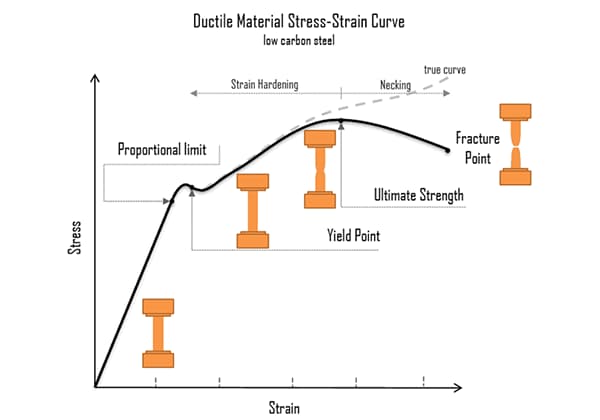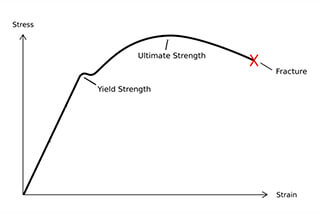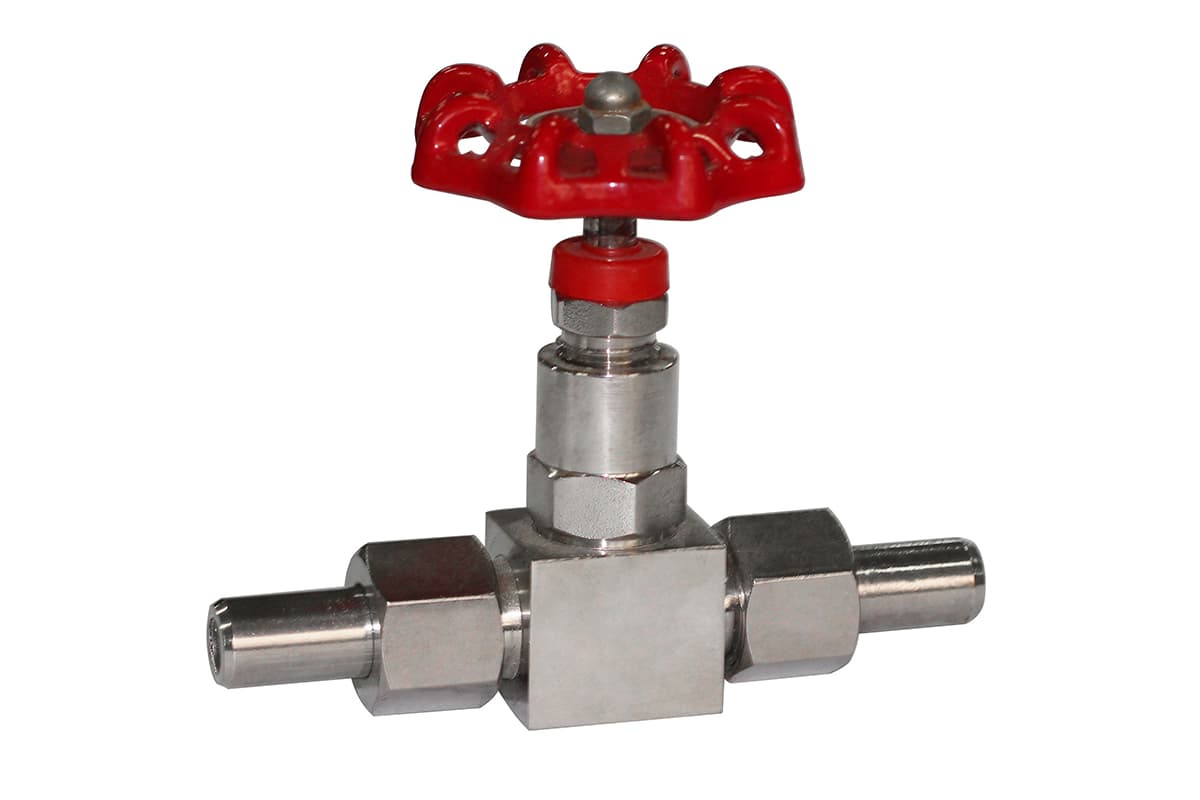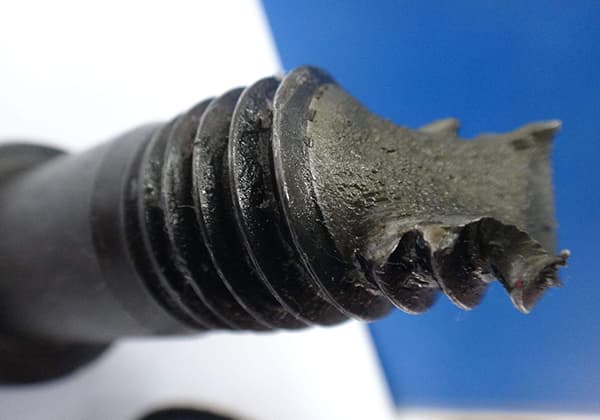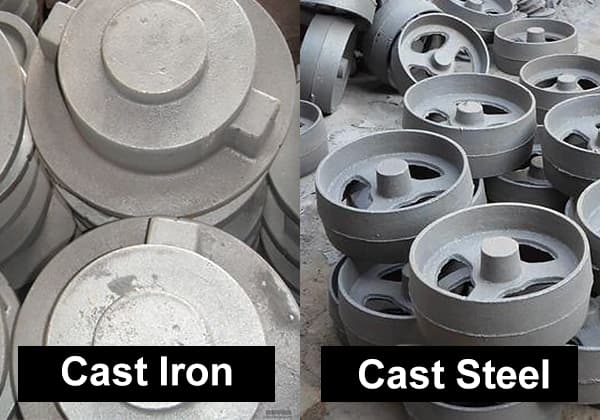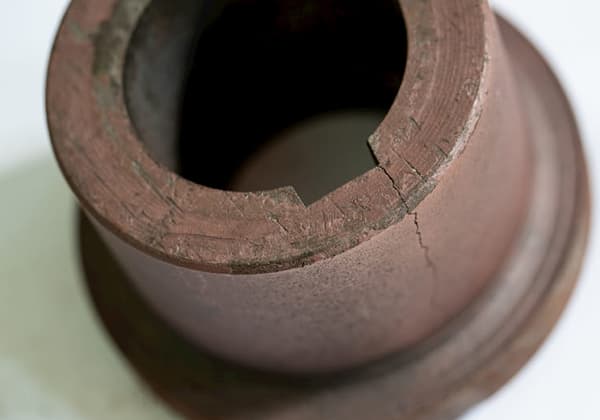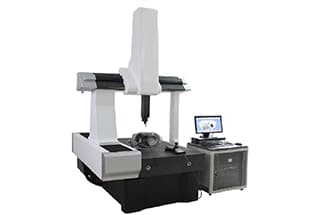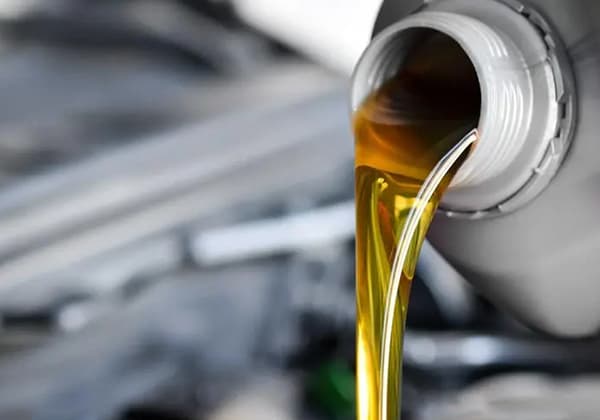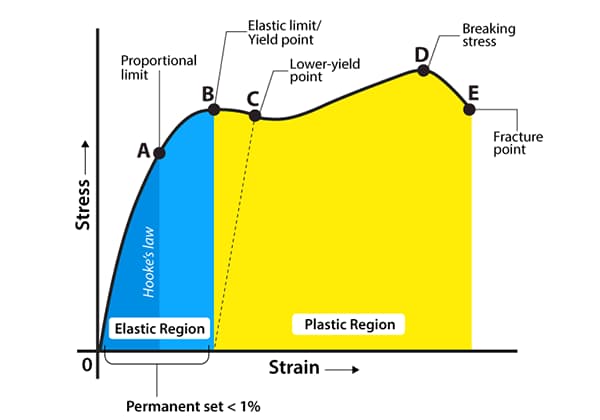
Why do some products crack or warp unexpectedly? Understanding the hidden forces within materials is crucial. This article explores how internal stresses form during the cooling process of injection-molded products, focusing on the effects of temperature gradients and molding pressures. You’ll learn how these stresses impact product quality and discover strategies to minimize them, ensuring stronger, more reliable materials. Dive in to uncover the secrets behind internal stresses and enhance your manufacturing process.
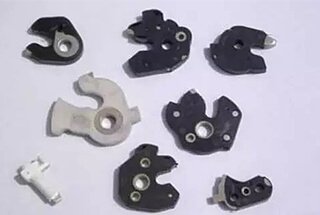
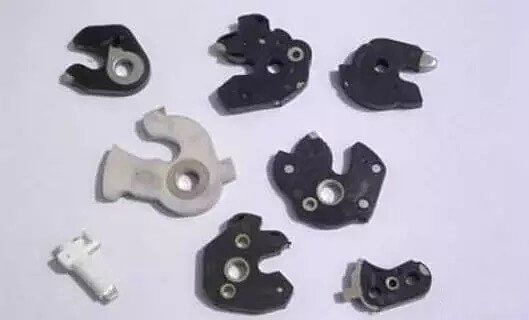
1. The generation of internal stress
In injection-molded products, the stress state exhibits local variations, significantly influencing the product’s deformation patterns. These stresses, known as “forming stresses,” primarily arise from temperature gradients during the cooling process.
Internal stresses in injection-molded products can be categorized into two main types: molding stress and thermal stress.
When molten polymer is injected into a cooler mold cavity, rapid solidification occurs at the cavity wall interface. This sudden cooling causes polymer chains to “freeze” in a non-equilibrium state, resulting in poor thermal conductivity and steep temperature gradients across the product’s thickness. The core of the product solidifies more slowly, often leading to scenarios where the gate solidifies before complete core solidification. This phenomenon prevents the injection molding machine from compensating for cooling-induced shrinkage.
Consequently, a complex stress distribution develops within the product: the interior experiences tensile stress, while the surface layer undergoes compressive stress. This stress distribution creates an internal shrinkage pattern that opposes the rigid skin layer’s behavior.
During the filling phase, stress generation is not solely attributed to volumetric shrinkage effects. The expansion of the runner system and gate region also contributes significantly. Shrinkage-induced stresses align with the melt flow direction, whereas expansion-related stresses act perpendicular to the flow, originating from the localized expansion at the gate exit.
Under rapid cooling conditions, orientation can cause internal stresses to form in the polymer material. The high viscosity of the polymer melt means that the internal stress cannot relax quickly, which affects the physical properties and dimensional stability of the product.
Effects of Parameters on Orientation Stress:
A high melt temperature leads to a low viscosity and reduced shear stress, resulting in reduced orientation. However, the high temperature also accelerates stress relaxation and enhances orientation release. If the pressure of the injection molding machine is not adjusted, the cavity pressure will increase, leading to a stronger shear effect and increased orientation stress.
Extending the holding time before the nozzle is closed increases orientation stress.
Increasing the injection or holding pressure increases orientation stress.
A high mold temperature ensures that the product cools slowly, playing a deorientation role.
Increasing the product’s thickness reduces orientation stress because thick-walled products cool down slowly, leading to a slow increase in viscosity and a long stress relaxation process, resulting in small orientation stress.
As previously stated, the large temperature gradient between the melt and the mold wall during mold filling results in compressive stress (shrinkage stress) in the outer layer and tensile stress (orientation stress) in the inner layer.
If the mold is filled for a longer period of time under the influence of holding pressure, the polymer melt is refilled into the cavity, increasing the cavity pressure and altering the internal stress caused by uneven temperature. However, if the holding time is short and the cavity pressure is low, the product will maintain its original stress state during cooling.
If the cavity pressure is insufficient in the early stages of product cooling, the outer layer of the product will form a depression due to solidification shrinkage. If the cavity pressure is insufficient in the later stages when the product has formed a cold hard layer, the inner layer of the product may separate due to shrinkage or form a cavity.
Maintaining cavity pressure before the gate is closed helps to increase the product’s density and eliminate the cooling temperature stress, but it also causes a high concentration of stress near the gate.
Therefore, when molding thermoplastic polymers, a higher pressure in the mold and a longer holding time help reduce the shrinkage stress caused by temperature and increase compressive stress.
Internal stress in a product significantly influences its mechanical properties and overall performance. Non-uniform stress distribution can lead to crack formation during product use, compromising structural integrity and longevity.
When utilized below the glass transition temperature, products may experience irregular deformation or warping. Additionally, surface “whitening” or cloudiness may occur, degrading optical properties and aesthetic appeal. These phenomena are often manifestations of residual stresses trapped within the material during processing.
To mitigate uneven stress distribution and enhance uniformity of mechanical properties, several strategies can be employed:
Both crystalline and amorphous polymers exhibit anisotropic tensile strength, a characteristic closely tied to molecular orientation during processing. The relationship between tensile strength and processing parameters varies based on polymer type and gate orientation:
For amorphous polymers:
This behavior is attributed to the interplay between orientation and deorientation effects. Higher melt temperatures enhance molecular mobility, promoting deorientation and reducing the orientation-induced strength enhancement. Gate orientation influences flow patterns, thereby affecting molecular alignment.
Amorphous polymers typically display stronger anisotropy compared to crystalline polymers, resulting in higher tensile strength perpendicular to the flow direction. The degree of mechanical anisotropy is temperature-dependent:
This temperature sensitivity underscores the importance of precise process control in achieving desired mechanical properties.
In summary, increasing melt temperature generally decreases tensile strength for both crystalline and amorphous polymers. However, the underlying mechanisms differ:

